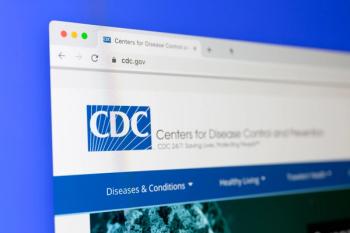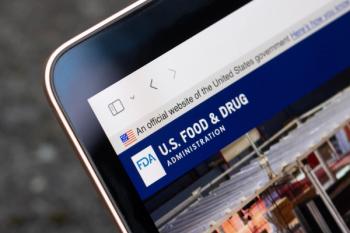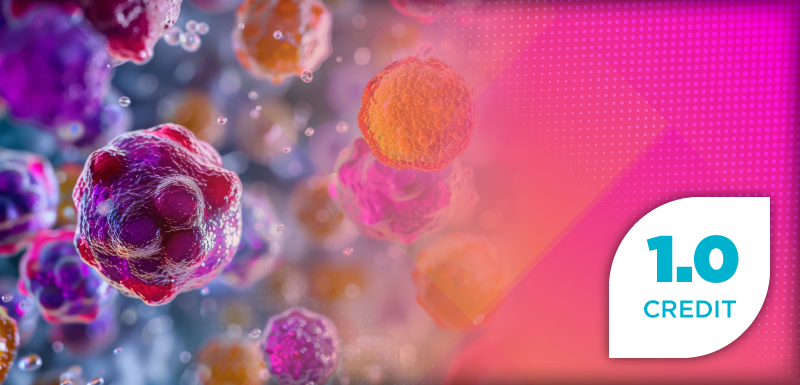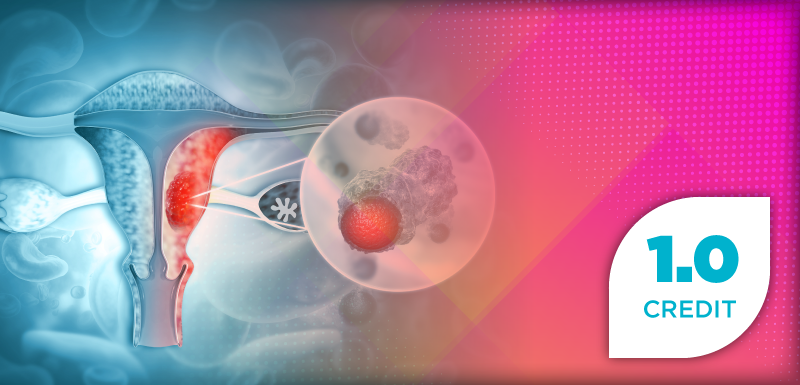CASE 1
Emergency Contraception
SL is a 21-year-old woman who visits the pharmacy seeking guidance after having unprotected sex approximately 36 hours ago. She is not currently using any form of regular contraception and expresses concern about the possibility of pregnancy. She is unsure which OTC emergency contraceptive is appropriate for her situation.
Q: What would you recommend?
A: SL can use levonorgestrel 1.5 mg (Plan B One-Step) as an OTC emergency contraceptive. It is most effective when taken within 72 hours of unprotected intercourse, with optimal efficacy achieved if taken within the first 24 hours. Plan B is available without age restrictions and contains levonorgestrel, the same active ingredient found in many birth control pills, administered as a single, higher dose. Although effective as emergency contraception, it should not be used as a routine contraceptive method. Additionally, Plan B does not protect against HIV/AIDS or other sexually transmitted infections. Common adverse effects may include changes in menstrual timing (lighter, heavier, earlier, or later periods); nausea; lower abdominal cramps; fatigue; headache; dizziness; breast tenderness; and, less commonly, vomiting.
Certain medications and herbal supplements, such as barbiturates, carbamazepine, phenytoin, rifampin, St John’s wort, and some HIV medications, may reduce the effectiveness of Plan B due to interactions that alter progestin levels. The effectiveness of levonorgestrel-based emergency contraception may be reduced in individuals with a body mass index (BMI) over 25 and is significantly less effective in those with a BMI over 30. In such cases, ulipristal acetate (Ella) may offer improved efficacy but requires a prescription. Following the use of emergency contraception, individuals should be advised to consider initiating a long-term contraceptive method and be referred to appropriate health care services for follow-up and preventive care.1-3
About the Authors
Rupal Patel Mansukhani, PharmD, FAPhA, NCTTP, is a clinical professor of pharmacy practice and administration at Ernest Mario School of Pharmacy at Rutgers, The State University of New Jersey, in Piscataway and a transitions-of-care clinical pharmacist at Morristown Medical Center in New Jersey.
Sneha Baxi Srivastava, PharmD, BCACP, CDE, is associate director of skills education at Rosalind Franklin University of Medicine and Science College of Pharmacy in North Chicago, Illinois. She is deeply passionate about embracing the pillars of lifestyle medicine, selfcare, effective communication, and inclusivity to create lasting positive health and wellness outcomes.
CASE 2
Vaginal Yeast Infection
MQ, a 33-year-old woman, presents to the pharmacy with complaints of intense vaginal itching, burning, and a thick, white, odorless discharge. She reports experiencing similar symptoms once earlier in the year and suspects another yeast infection. She inquires about OTC treatment options.
Q: What recommendations do you have?
A: MQ appears to have uncomplicated vulvovaginal candidiasis, making her an appropriate candidate for self-treatment. Topical imidazole antifungals, such as miconazole and clotrimazole, are recommended and available in multiple formulations, including 1-day, 3-day, and 7-day regimens. Shorter courses provide convenience, whereas longer treatments may be preferred for patients who desire a more gradual approach or are experiencing more pronounced symptoms. If these products don’t work for MQ, she can try oral fluconazole 150 mg, which is similarly effective but requires a prescription. Common adverse effects of topical antifungals include local irritation, burning, and itching at the application site. These effects are usually mild and self-limiting.4-6
CASE 3
Menstrual Cramping and Premenstrual Syndrome
GH is a 26-year-old woman who presents to the pharmacy seeking relief from symptoms associated with her menstrual cycle. She reports experiencing cramping that typically begins 1 to 2 days prior to menstruation and persists into the first couple of days of her period. Additionally, she notes premenstrual symptoms such as bloating, mood swings, irritability, and fatigue that significantly affect her ability to focus at work.
Q: What recommendations do you have for GH?
GH appears to be experiencing primary dysmenorrhea in combination with premenstrual syndrome. For menstrual cramping, nonsteroidal anti-inflammatory drugs such as ibuprofen and naproxen sodium are considered first-line OTC treatment options. These medications reduce prostaglandin synthesis, thereby decreasing uterine contractions and associated pain. When taken appropriately, beginning at symptom onset or just before menstruation, they are typically effective, with studies showing symptom relief in approximately 70% to 80% of individuals. Common adverse effects include gastrointestinal upset, nausea, heartburn, and, with prolonged use, potential risks such as gastric ulcers or renal impairment.
Evidence supports the use of calcium, vitamin B6, and OTC combination products containing analgesics, diuretics, and antihistamines (eg, pamabrom, pyrilamine). These products may offer symptom relief, although patients should be counseled to avoid unnecessary or duplicate ingredients.7-9
CASE 4
Urinary Tract Infection Symptoms
TR is a 30-year-old woman who approaches the pharmacy counter with symptoms of urinary urgency, burning with urination, and lower abdominal discomfort that started earlier that day. She suspects a urinary tract infection (UTI) because she has experienced similar symptoms in the past.
Q: She asks whether there is anything available OTC to help relieve her symptoms.
A: TR’s symptoms are consistent with an uncomplicated lower UTI, although a definitive diagnosis requires confirmation by a health care provider. Because OTC products do not treat the infection itself, referral to a provider for possible antibiotic treatment is advised, especially if symptoms worsen or persist beyond a few days. However, for symptomatic relief, phenazopyridine is an OTC urinary analgesic that may be recommended for short-term use (up to 2 days) to alleviate discomfort. It works as a local analgesic on the mucosa of the urinary tract.
Phenazopyridine may cause urine and tears to turn a reddish-orange color, which can stain contact lenses and clothing. It should not be used in individuals with renal impairment or for longer than 48 hours due to potential adverse effects. TR should also be advised to increase fluid intake to help flush bacteria from the urinary tract and to avoid bladder irritants, such as caffeine and alcohol. Some individuals use cranberry supplements or juice for prevention, although clinical evidence on their efficacy remains mixed.10-12
REFERENCES
1. Practice bulletin no. 152: emergency contraception. Obstet Gynecol. 2015;126(3):e1-e11. doi:10.1097/AOG.0000000000001047
2. Plan B One-Step. Package insert. Barr Laboratories; 2009. Accessed April 15, 2025. https://www.accessdata.fda.gov/drugsatfda_docs/label/2009/021998lbl.pdf
3. Cleland K, Zhu H, Goldstuck N, Cheng L, Trussell J. The efficacy of intrauterine devices for emergency contraception: a systematic review of 35 years of experience. Hum Reprod. 2012;27(7):1994-2000. doi:10.1093/humrep/des140
4. Vulvovaginal candidiasis (VVC). CDC. Updated July 22, 2021. Accessed April 15, 2025. https://www.cdc.gov/std/treatment-guidelines/candidiasis.htm
5. Sobel JD. Vulvovaginal candidosis. Lancet. 2007;369(9577):1961-1971. doi:10.1016/S0140-6736(07)60917-9
6. Workowski KA, Bachmann LH, Chan PA, et al. Sexually transmitted infections treatment guidelines, 2021. MMWR Recomm Rep. 2021;70(4):1-187. doi:10.15585/mmwr.rr7004a1
7. Premenstrual syndrome (PMS). American College of Obstetricians and Gynecologists. Updated May 2021. Accessed April 15, 2025. https://www.acog.org/womens-health/faqs/premenstrual-syndrome
8. Proctor M, Farquhar C. Diagnosis and management of dysmenorrhoea. BMJ. 2006;332(7550):1134-1138. doi:10.1136/bmj.332.7550.1134
9. Bertone-Johnson ER, Hankinson SE, Bendich A, Johnson SR, Willett WC, Manson JE. Calcium and vitamin D intake and risk of incident premenstrual syndrome. Arch Intern Med. 2005;165(11):1246-1252. doi:10.1001/archinte.165.11.1246
10. Gupta K, Hooton TM, Naber KG, et al. International clinical practice guidelines for the treatment of acute uncomplicated cystitis and pyelonephritis in women: a 2010 update by the Infectious Diseases Society of America and the European Society for Microbiology and Infectious Diseases. Clin Infect Dis. 2011;52(5):e103-e120. doi:10.1093/cid/ciq257
11. Phenazopyridine hydrochloride tablets, USP. Package insert. Preferred Pharmaceuticals Inc; 2022. Accessed April 15, 2025. https://www.accessdata.fda.gov/spl/data/159d4f73-a48a-4ea8-9657-2a6d471db9ec/159d4f73-a48a-4ea8-9657-2a6d471db9ec.xml
12. Wang CH, Fang CC, Chen NC, et al. Cranberry-containing products for prevention of urinary tract infections in susceptible populations: a systematic review and meta-analysis of randomized controlled trials. Arch Intern Med. 2012;172(13):988-996. doi:10.1001/archinternmed.2012.3004













































































































































































































